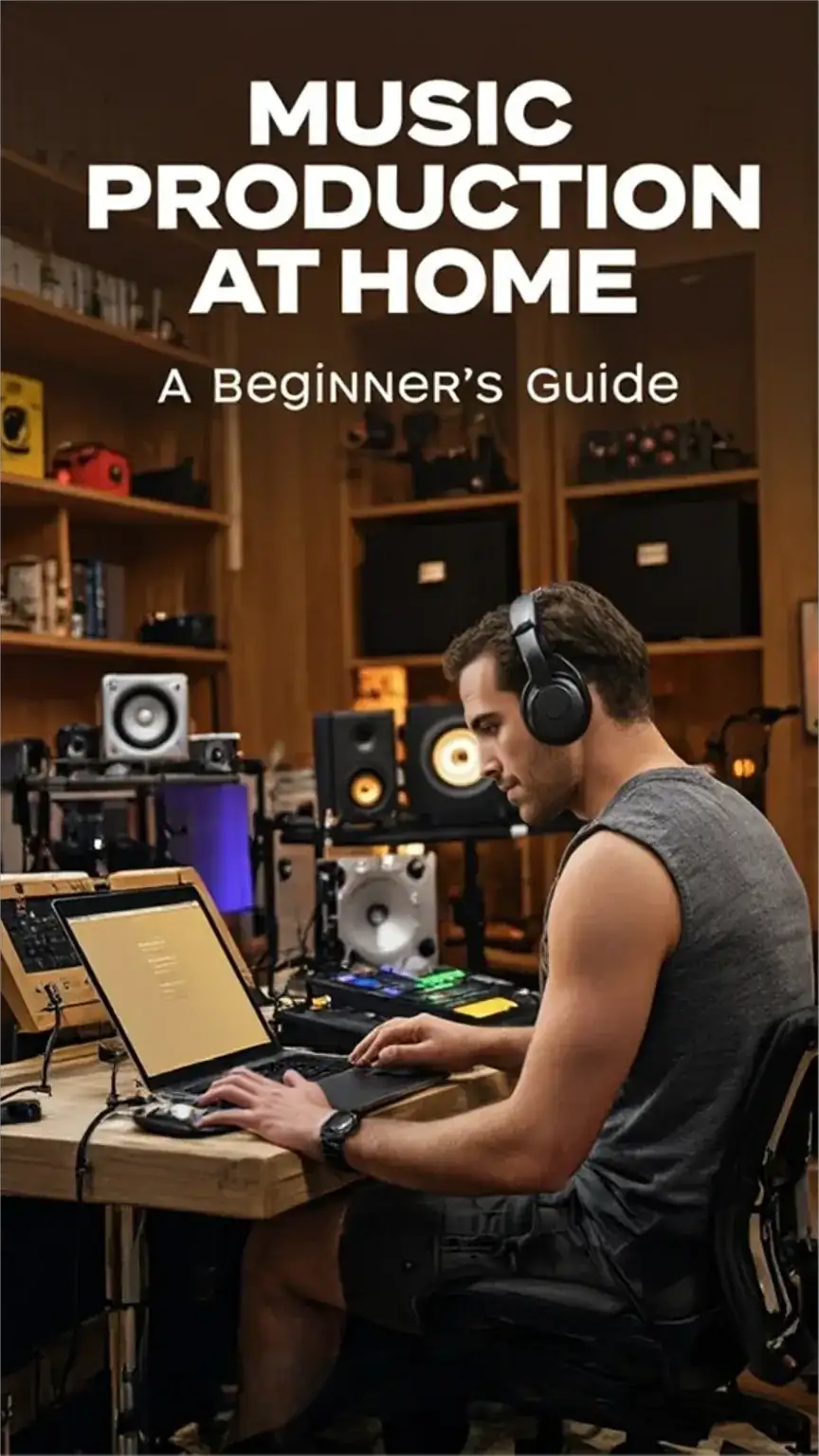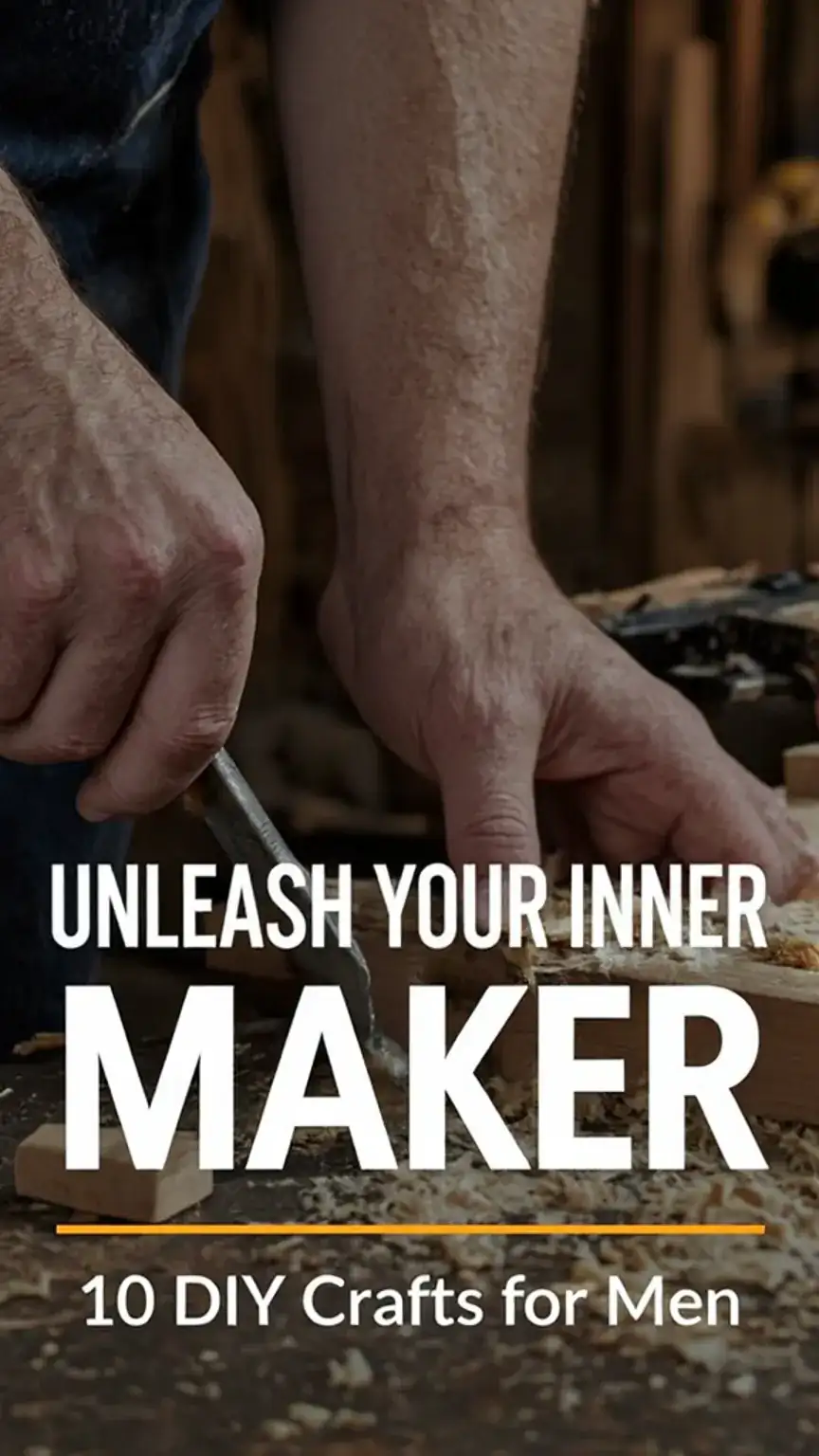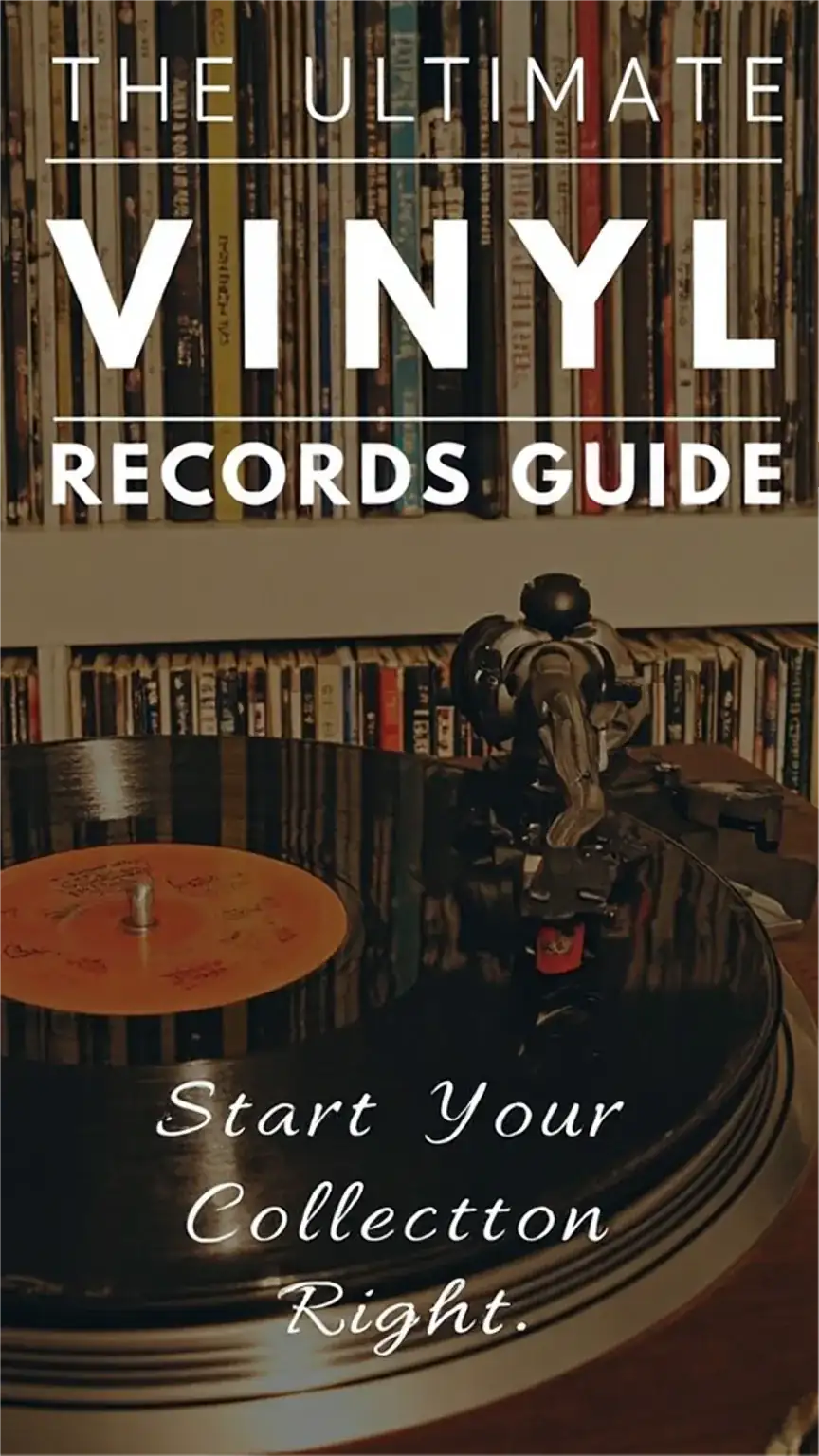Your Sonic Sanctuary: Mastering Music Production at Home for Beginners
As a guy who’s been there, I know how intimidating it can be to start music production at home. You see those producers crafting chart-topping hits from their garages or bedrooms, and you think, “Can I do that?” The answer, my friends, is a resounding yes. Forget the fancy studios and intimidating gear; the power to create professional-sounding tracks is literally at your fingertips, right there in your own space. Trust me, with the right setup and a dash of know-how, you can unleash your inner sound architect. In this guide, I’ll walk you through the essential steps to get started with music production at home, transforming your creative spark into audible magic.
Step 1: Cultivate Your Creative Zone – Setting Up Your Home Studio
Before you even think about hitting a key or a beat, you need a space. This isn’t just about having a desk; it’s about creating an environment conducive to focus and creativity. Think of it as your personal sonic sanctuary. Choose a room with minimal echo and few distractions. A quiet corner of your living room, a spare bedroom, or even a well-insulated garage can work wonders.
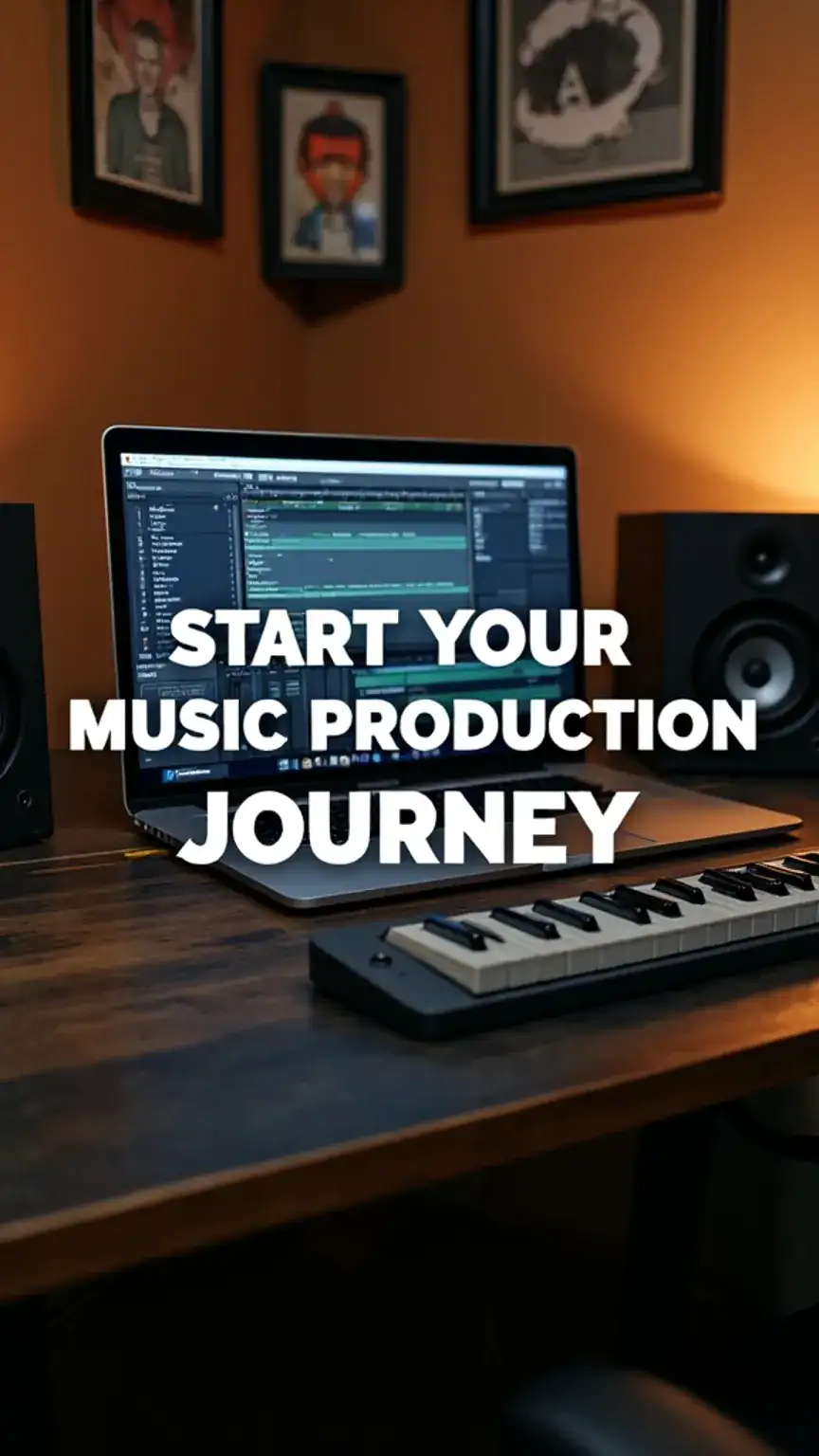
If you’re serious about pristine sound, invest in some basic acoustic treatment. You don’t need to soundproof the entire house. A portable vocal booth or some strategically placed acoustic panels can significantly reduce unwanted reflections and room noise. This makes a world of difference in how your mixes translate. For example, untreated rooms often create a “boxy” sound that’s hard to get rid of later.
Step 2: Gear Up Your Arsenal – Essential Equipment for Beginners
Now, let’s talk gear. The good news? You absolutely do not need the most expensive equipment to get started. The market is flooded with fantastic, affordable options perfect for beginners. Think of this as building a solid foundation, not a mansion. You can always upgrade later.
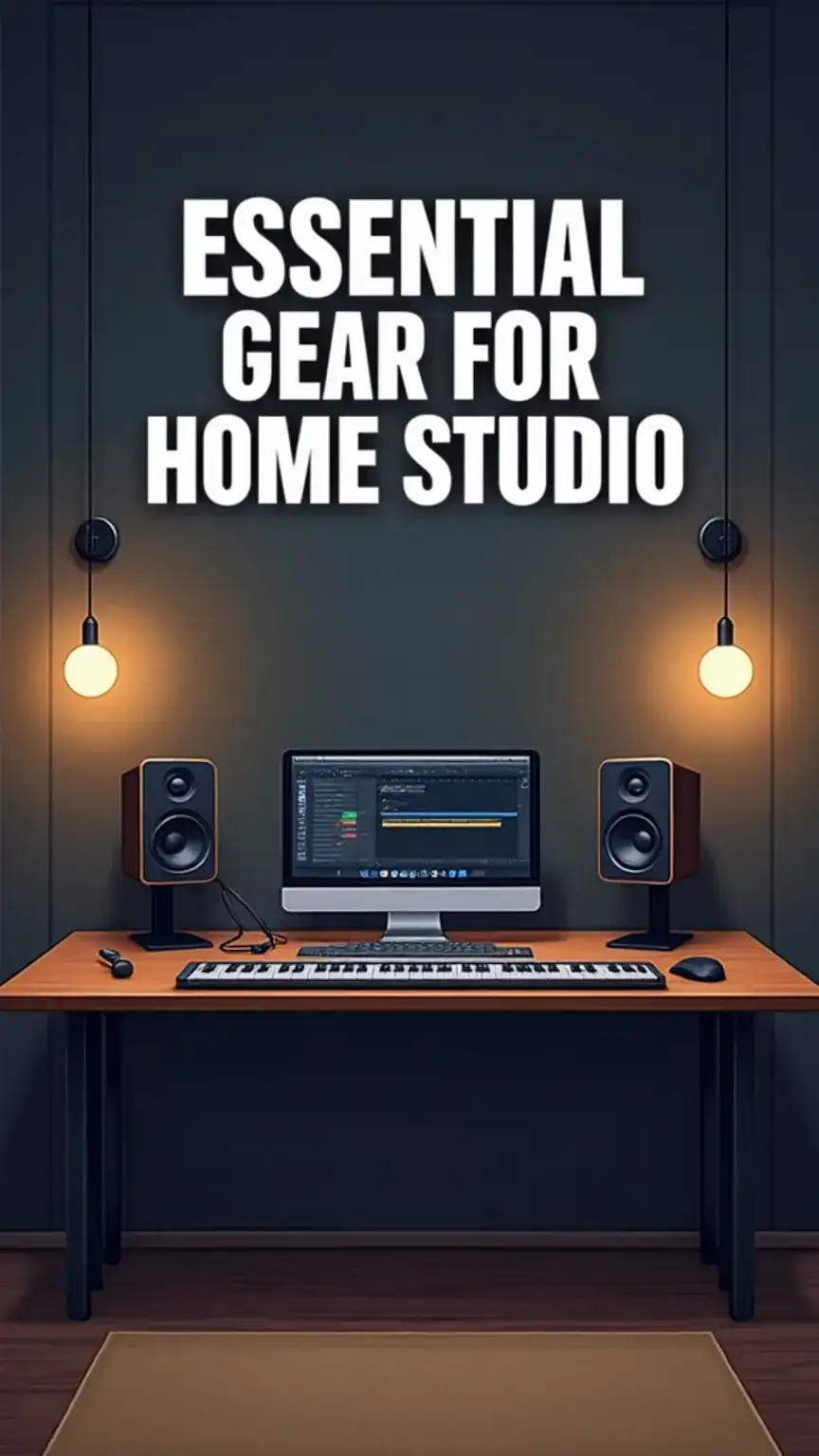
Here are the absolute essentials to get your home studio humming:
A Digital Audio Workstation (DAW)
This is your central command center. It’s the software where you’ll record, edit, mix, and master your music. We’ll dive deeper into specific DAWs shortly, but for now, know that this is your primary tool.
A MIDI Keyboard or Controller
While you can input notes with a mouse, a MIDI keyboard makes playing melodies and chords infinitely more intuitive and fun. They come in various sizes, from compact 25-key controllers to full 88-key pianos.
Studio Monitors or Headphones
This is crucial for accurate listening. Regular consumer headphones or speakers color the sound, making it difficult to make critical mixing decisions. Studio monitors provide a flat, uncolored frequency response, so you hear your music as it truly is. Similarly, studio headphones are designed for clarity.
A Microphone
Whether you plan to record vocals, acoustic instruments, or even foley sounds, a microphone is essential. For beginners, a good quality USB microphone is often the easiest way to start. Alternatively, an XLR microphone paired with an audio interface offers more flexibility and professional quality.
A Pair of Studio Speakers (Monitors)
Complementing your headphones, studio monitors allow you to hear your music in a more natural, spatial way. They’re vital for understanding the stereo image and the overall balance of your track.
Step 3: The Brains of the Operation – Selecting Your Software
As mentioned, your Digital Audio Workstation (DAW) is the heart of your music production setup. It’s where the magic happens. Choosing the right DAW can feel overwhelming, but don’t sweat it too much. Most DAWs share fundamental functionalities, and the learning curve is often more about personal preference and workflow.

Popular options that are fantastic for beginners include:
- Ableton Live: This DAW is a powerhouse, especially for electronic music, hip-hop, and live performance. Its unique “Session View” allows for improvisational looping and arrangement, making it incredibly inspiring. Furthermore, Ableton Live is known for its innovative features and vast sound library.
- FL Studio: Often hailed as the go-to for hip-hop and R&B producers, FL Studio boasts an intuitive pattern-based workflow and a visually appealing interface. Many aspiring producers find its piano roll and step sequencer incredibly easy to grasp. It also offers lifetime free updates, which is a significant plus.
- Logic Pro X: If you’re an Apple user, Logic Pro X is an exceptional choice. It’s a professional-grade DAW packed with an enormous library of sounds, loops, and high-quality effects. It offers incredible value for its price and is suitable for producers of all genres, from electronic to rock and beyond.
Step 4: Decode the Digital Realm – Learning the Basics of Your DAW
Once you’ve chosen your DAW, it’s time to dive in. Before you start composing your magnum opus, take some time to understand the interface and core features. This is where patience and persistence pay off. Think of it like learning a new language; fluency comes with practice.
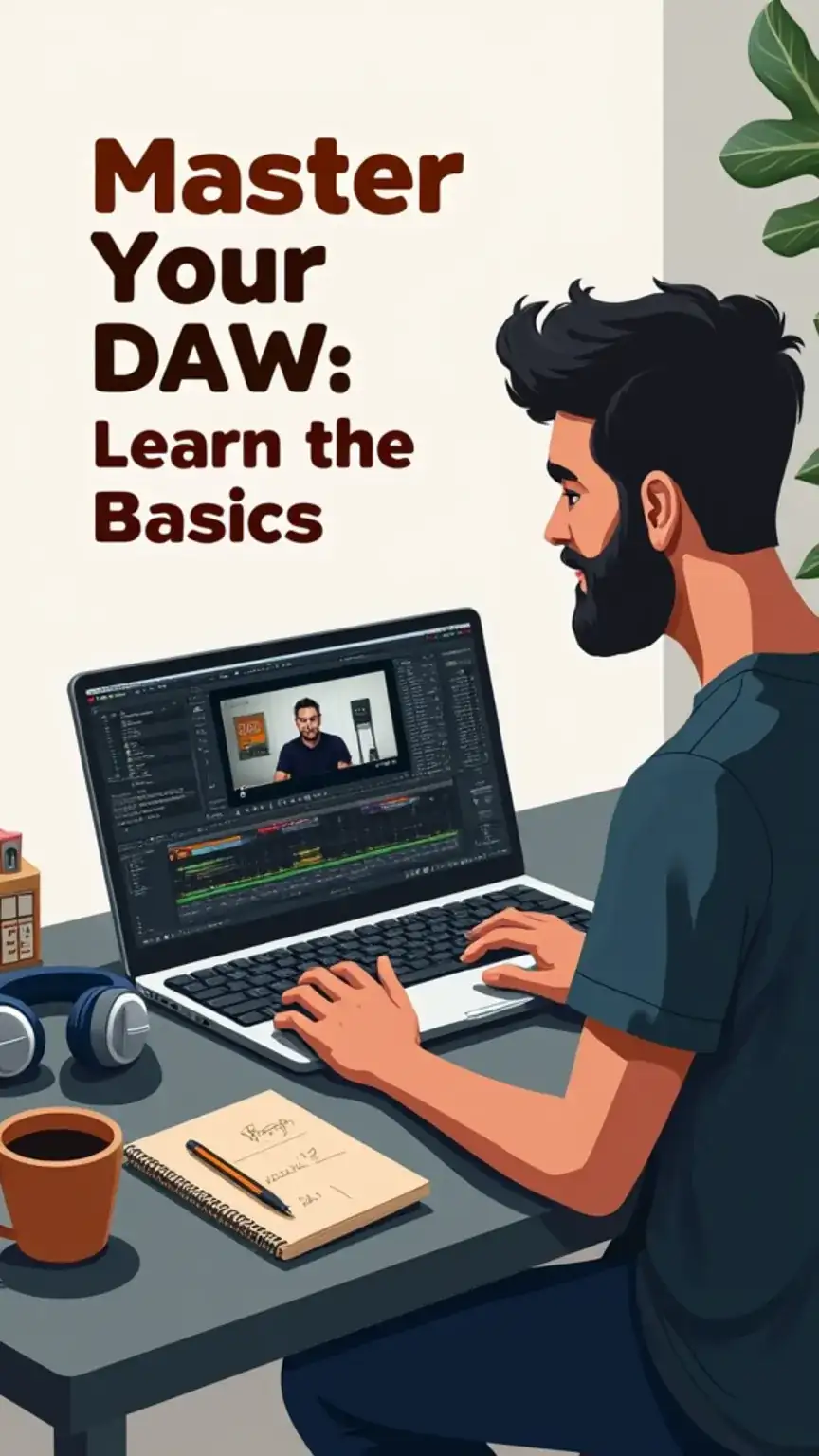
Watch tutorials, enroll in online courses, and explore YouTube channels dedicated to your chosen DAW. Many software manufacturers offer free introductory courses. For example, you can find countless videos explaining the basics of arrangement, MIDI sequencing, audio recording, and mixing within Ableton Live or FL Studio. Understanding these fundamentals will save you immense frustration down the line.
Moreover, familiarize yourself with common terms like “tempo,” “quantization,” “automation,” and “plugins.” These are the building blocks of music production. Don’t try to learn everything at once. Focus on one concept at a time, practice it, and then move on. Your future self will thank you for this foundational work.
Step 5: Lay Down the First Beat – Creating Your First Track
Now for the fun part! Don’t overthink this. The goal is to get started and experiment. Begin with something simple. A basic drum pattern is often a great starting point. Most DAWs come with pre-loaded drum kits, making it easy to trigger sounds and build a rhythm.
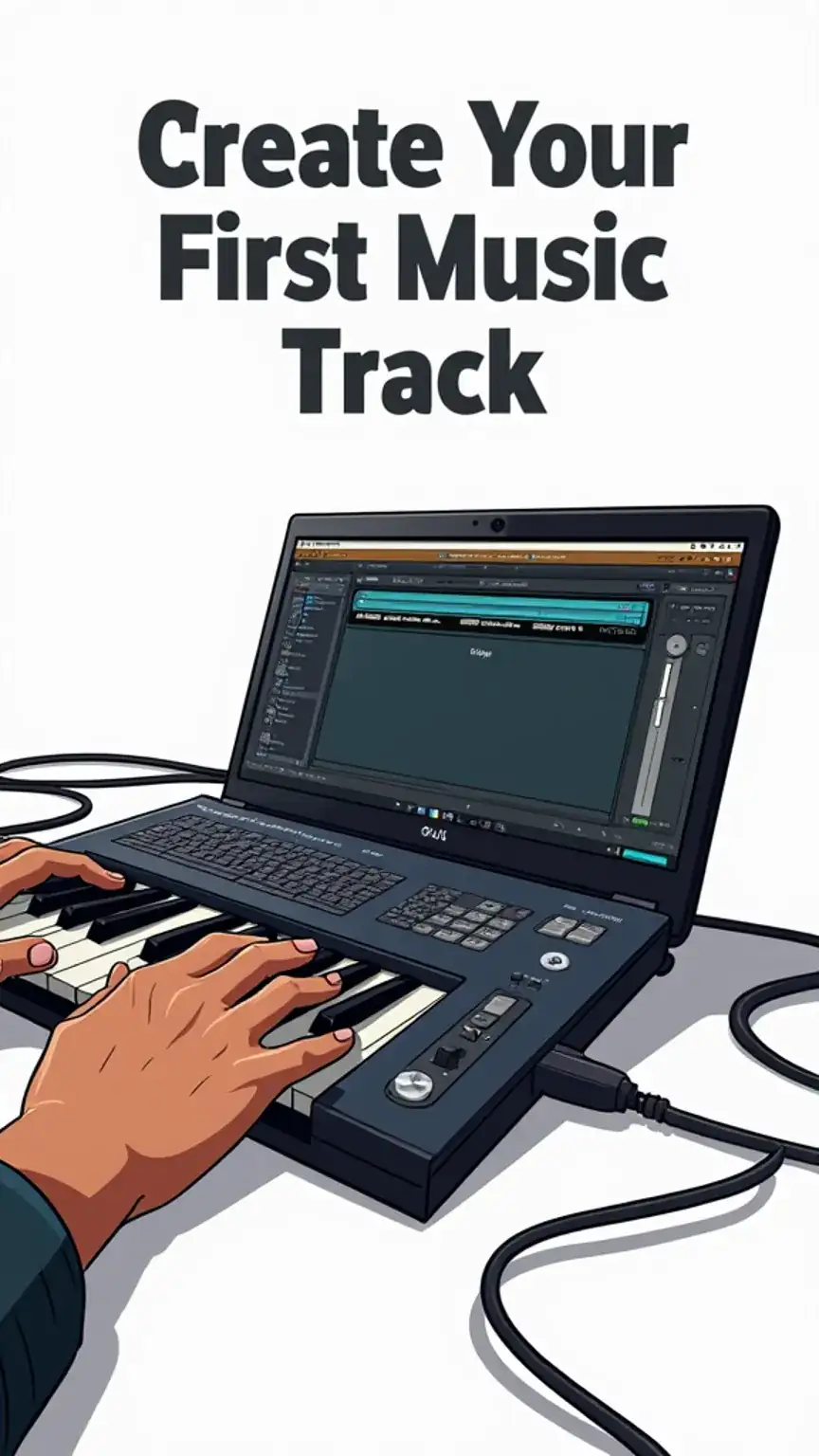
Once you have a beat, try layering a simple bassline or a catchy melody. Experiment with different sounds, virtual instruments, and effects. Don’t be afraid to make mistakes; they are an essential part of the creative process. Seriously, some of the best musical ideas come from happy accidents.
For instance, try dragging a synth preset into your project and playing a few notes. Then, experiment with adding a delay effect or adjusting the reverb. The key is to play around and discover what sounds good to you. This is your music, your vision.
Pro Tips for Polishing Your Sound
As you progress, you’ll want to refine your tracks. Here are a few tips to elevate your production game:
- Invest in High-Quality Studio Monitors: While good headphones are essential, a decent pair of studio monitors provides a more accurate representation of your mix. This allows for better decisions regarding EQ, panning, and overall balance.
- Utilize Reference Tracks: Find professional tracks in a similar genre that you admire. Load them into your DAW alongside your project and compare your mix to theirs. This helps you identify areas where your track might be lacking in loudness, clarity, or low-end power. It’s like having a seasoned mentor guiding your ears.
- Collaborate and Learn: Connect with other producers or musicians online or in your local community. Collaborating is a fantastic way to learn new techniques, gain fresh perspectives, and expand your network. Sharing your work and receiving constructive feedback is invaluable.
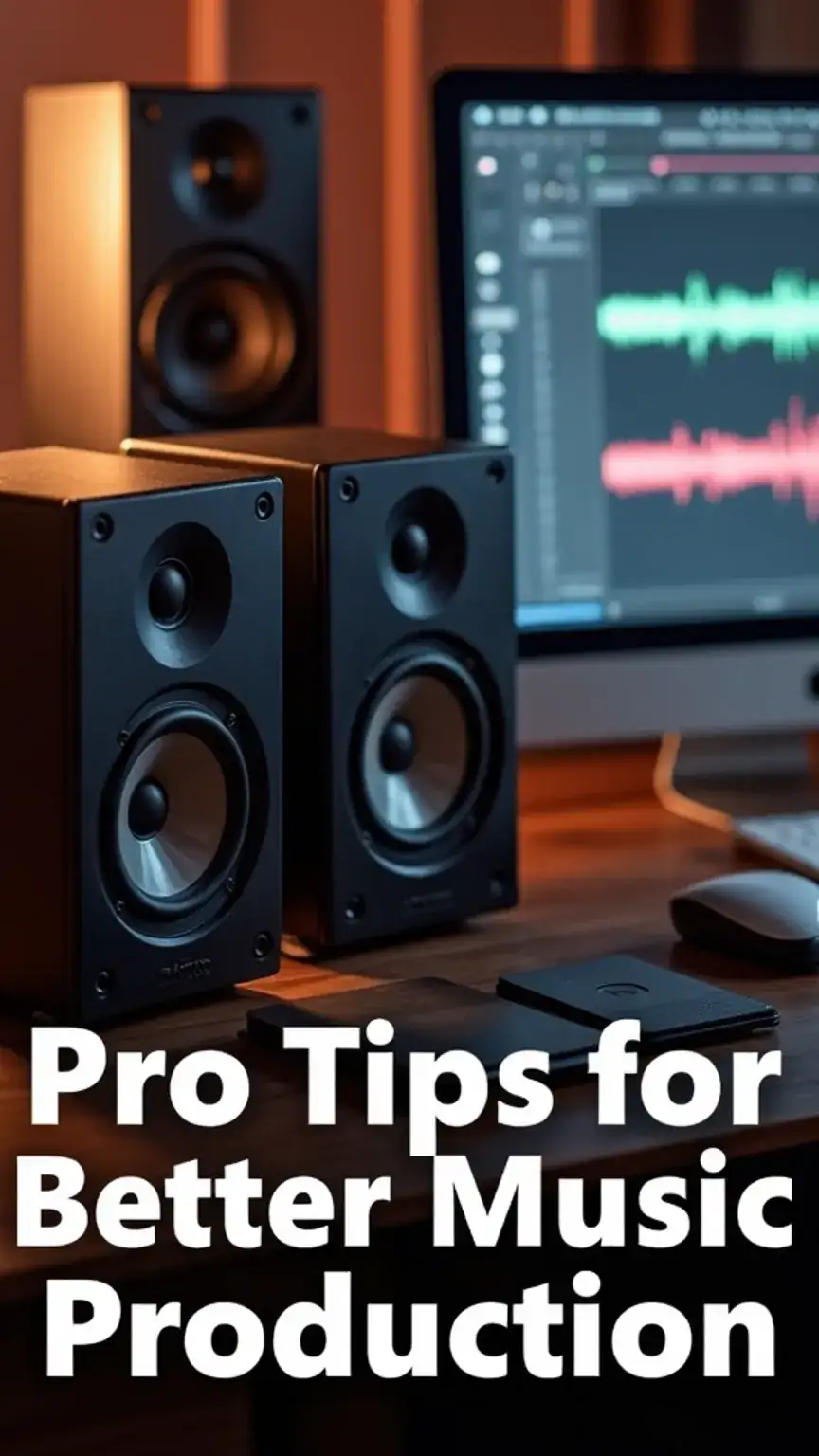
Conclusion: Your Sonic Journey Begins Now
Starting music production at home can seem daunting, much like tackling a complex business strategy or mastering a new leadership skill. However, with the right gear, software, and a willingness to learn, you can create truly amazing tracks. Remember to stay focused, keep practicing, and don’t be afraid to ask for help. The online community is incredibly supportive.
This guide is designed to be your launchpad. The world of music production is vast and ever-evolving, so embrace the journey of continuous learning. Tag a friend who’s always wanted to make music! What’s your favorite music production software or a piece of gear you can’t live without? Let me know on Pinterest or your favorite socials!
Ready to own your sound? Start by setting up your dedicated space and choosing your first DAW. Share your progress and your #HomeStudioVibes on Pinterest or your favorite socials!
